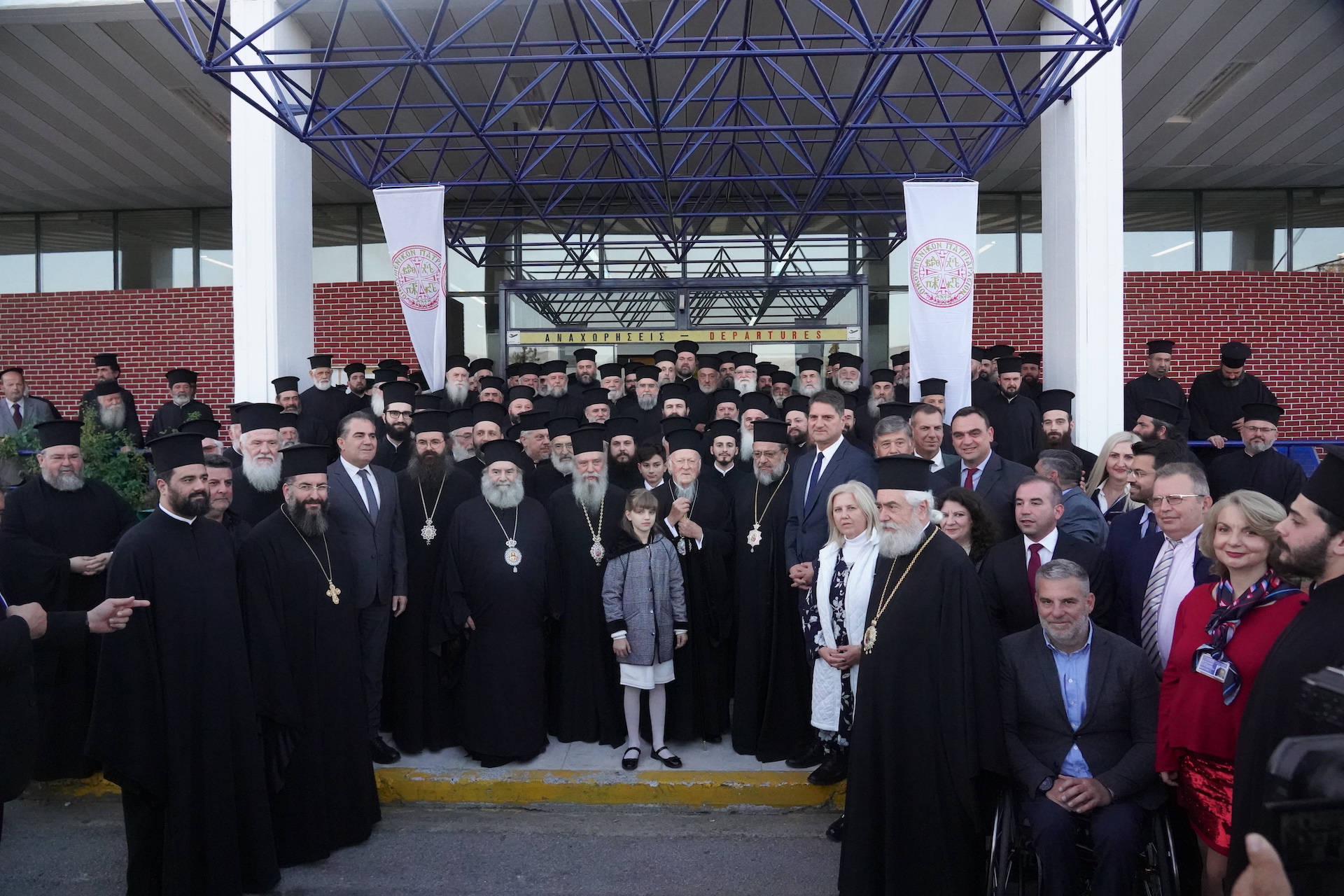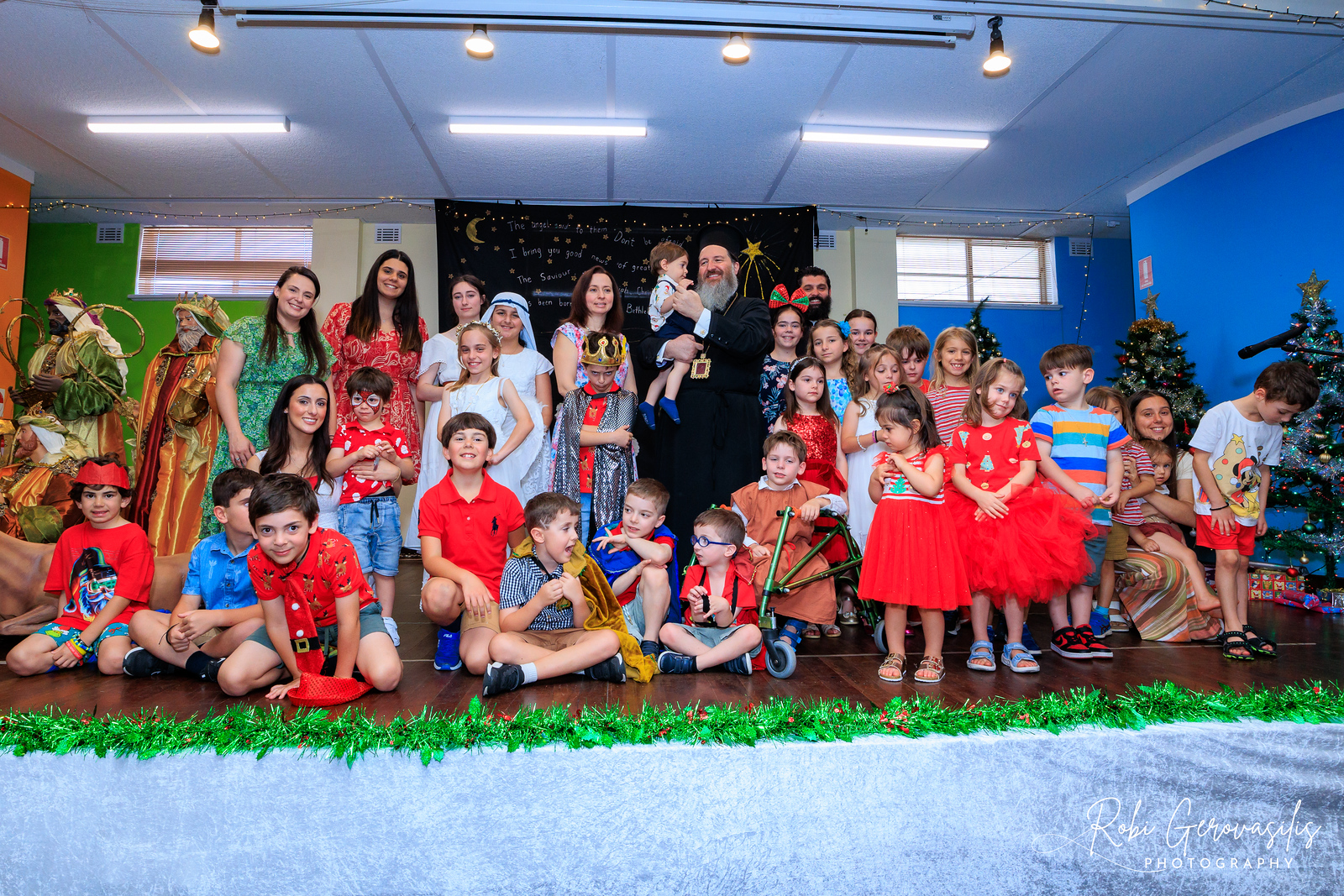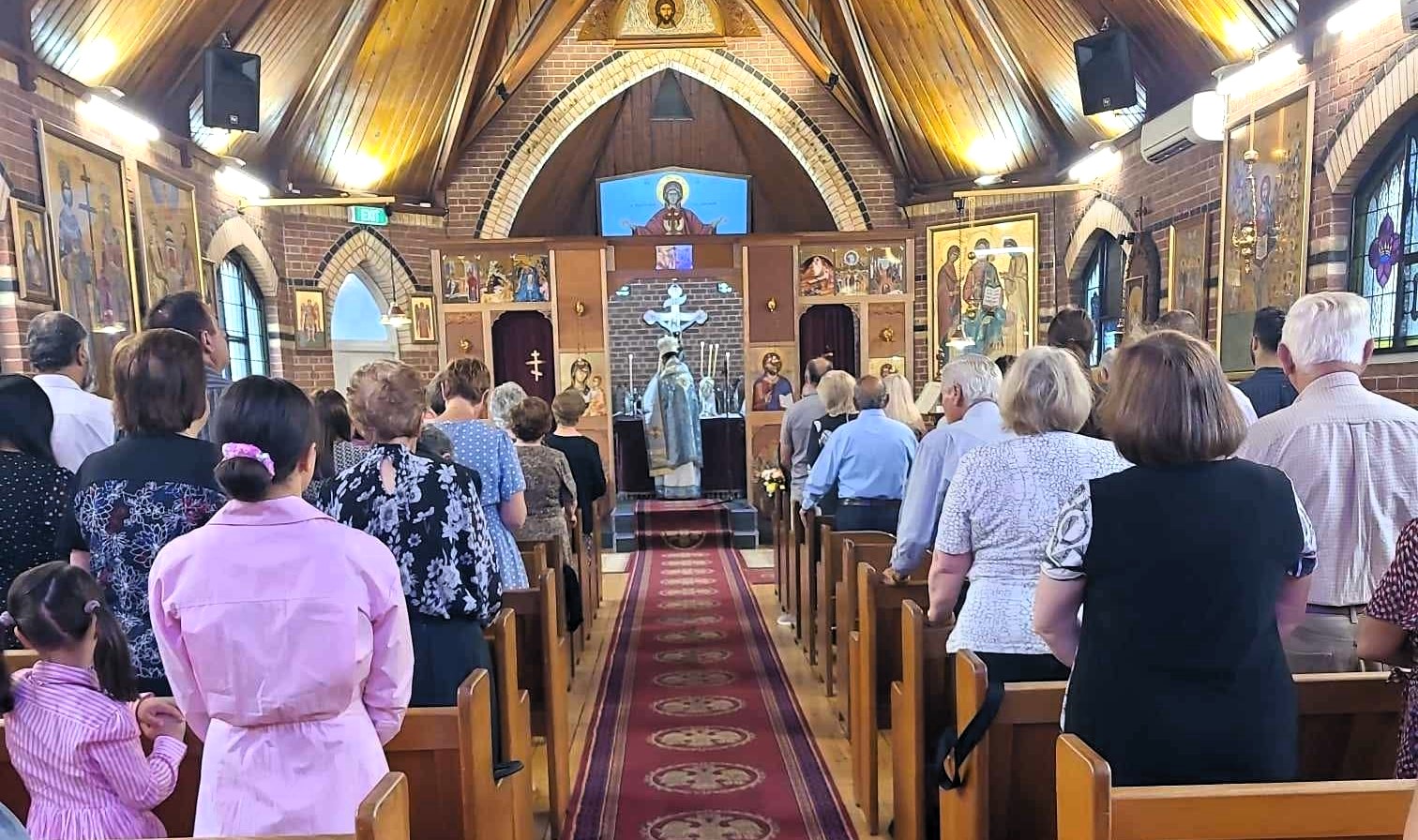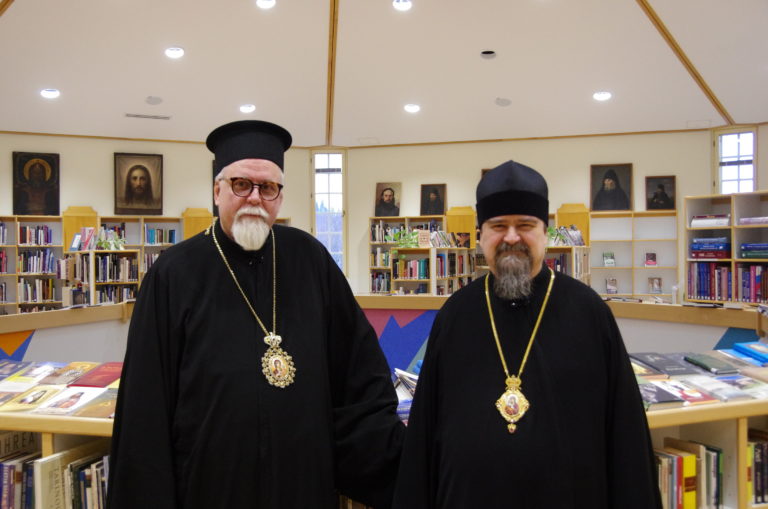Apostle and Evangelist Luke (18 October)
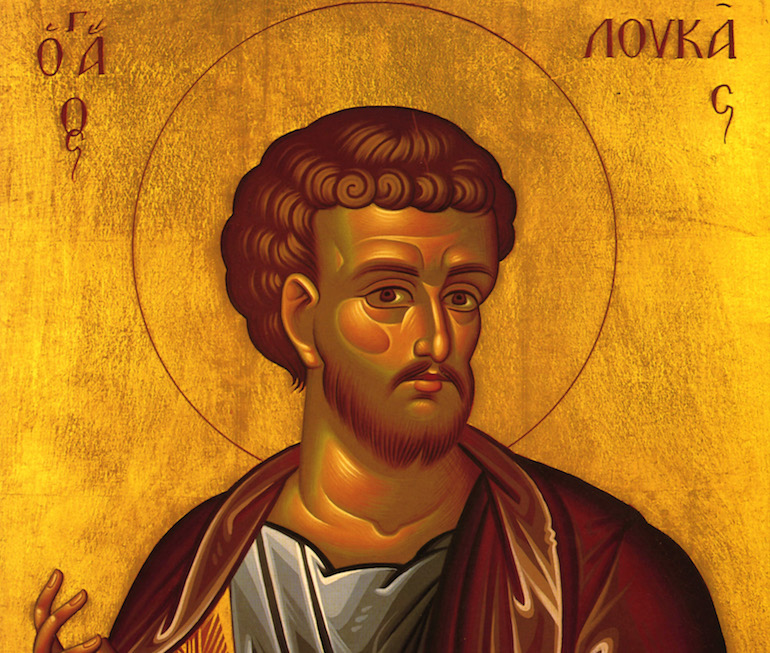

The Holy Apostle and Evangelist Luke, was a native of Syrian Antioch, a companion of the holy Apostle Paul (Phil.1:24, 2 Tim. 4:10-11), and a physician enlightened in the Greek medical arts. Hearing about Christ, Luke arrived in Palestine and fervently accepted the preaching of salvation from the Lord Himself. As one of the Seventy Apostles, Saint Luke was sent by the Lord with the others to preach the Kingdom of Heaven during the Savior’s earthly life (Luke 10:1-3). After the Resurrection, the Lord Jesus Christ appeared to Saints Luke and Cleopas on the road to Emmaus.
Luke accompanied Saint Paul on his second missionary journey, and from that time they were inseparable. When Paul’s coworkers had forsaken him, only Luke remained to assist him in his ministry (2 Tim. 4:10-11). After the martyric death of the First-Ranked Apostles Peter and Paul, Saint Luke left Rome to preach in Achaia, Libya, Egypt and the Thebaid. He ended his life by suffering martyrdom in the city of Thebes.
Tradition credits Saint Luke with painting the first icons of the Mother of God. “Let the grace of Him Who was born of Me and My mercy be with these Icons,” said the All-Pure Virgin after seeing the icons. Saint Luke also painted icons of the First-Ranked Apostles Peter and Paul. Saint Luke’s Gospel was written in the years 62-63 at Rome, under the guidance of the Apostle Paul. In the preliminary verses (1:1-3), Saint Luke precisely sets forth the purpose of his work. He proposes to record, in chronological order, everything known by Christians about Jesus Christ and His teachings. By doing this, he provided a firmer historical basis for Christian teaching (1:4). He carefully investigated the facts, and made generous use of the oral tradition of the Church and of what the All-Pure Virgin Mary Herself had told him (2:19, 51).
In Saint Luke’s Gospel, the message of the salvation made possible by the Lord Jesus Christ, and the preaching of the Gospel, are of primary importance.
Saint Luke also wrote the Acts of the Holy Apostles at Rome around 62-63 A.D. The Book of Acts, which is a continuation of the four Gospels, speaks about the works and the fruits of the holy Apostles after the Ascension of the Savior. At the center of the narrative is the Council of the holy Apostles at Jerusalem in the year 51, a Church event of great significance, which resulted in the separation of Christianity from Judaism and its independent dissemination into the world (Acts 15:6-29). The theological focus of the Book of Acts is the coming of the Holy Spirit, Who will guide the Church “into all truth” (John 16:13) until the Second Coming of Christ.
The holy relics of Saint Luke were taken from Constantinople and brought to Padua, Italy at some point in history. Perhaps this was during the infamous Crusade of 1204. In 1992, Metropolitan Hieronymus (Jerome) of Thebes requested the Roman Catholic bishop in Thebes to obtain a portion of Saint Luke’s relics for the saint’s empty sepulchre in the Orthodox cathedral in Thebes.
The Roman Catholic bishop Antonio Mattiazzo of Padua, noting that Orthodox pilgrims came to Padua to venerate the relics while many Catholics did not even know that the relics were there, appointed a committee to investigate the relics in Padua, and the skull of Saint Luke in the Catholic Cathedral of Saint Vico in Prague.
The skeleton was determined to be that of an elderly man of strong build. In 2001, a tooth found in the coffin was judged to be consistent with the DNA of Syrians living near the area of Antioch dating from 72-416 A.D. The skull in Prague perfectly fit the neck bone of the skelton. The tooth found in the coffin in Padua was also found to fit the jawbone of the skull.
Bishop Mattiazzo sent a rib from the relics to Metropolitan Hieronymus to be venerated in Saint Luke’s original tomb in the Orthodox cathedral at Thebes. Saint Luke is also commemorated on April 22.
This Apostle was an Antiochean, a physician by trade, and a disciple and companion of Paul. He wrote his Gospel in Greek after Matthew and Mark, after which he wrote the Acts of the Apostles, and dedicated both works to Theophilus, who, according to some, was Governor of Achaia. He lived some eighty-six years and died in Achaia, perhaps in Patras, the capital of this district. His emblem is the calf, the third symbolical beast mentioned by Ezekiel (1:10), which is a symbol of Christ’s sacrificial and priestly office, as Saint Irenaeus says.
Luke was born in Antioch. In his youth, he excelled in his studies of Greek philosophy, medicine and art. During the ministry of the Lord Jesus on earth, Luke came to Jerusalem, where he saw the Savior face to face, heard His saving teaching and was witness to His miraculous works. Coming to belief in the Lord, St. Luke was numbered among the Seventy Apostles, and was sent out to preach. With Cleopas, he saw the resurrected Lord on the road to Emmaus (Luke 24). After the descent of the Holy Spirit, Luke returned to Antioch and there became a fellow worker of the Apostle Paul and traveled to Rome with him, converting Jews and pagans to the Christian Faith. Luke, the beloved physician, … greets you, writes the Apostle Paul to the Colossians (Colossians 4:14). At the request of Christians, he wrote his Gospel in about the year 60 A.D. Following the martyrdom of the great Apostle Paul, St. Luke preached the Gospel throughout Italy, Dalmatia, Macedonia and other regions. He painted icons of the Most-holy Theotokos–not just one, but three–and icons of the Holy Apostles Peter and Paul. Hence, St. Luke is considered to be the founder of Christian iconography. In old age, he visited Libya and Upper Egypt. From Egypt he returned to Greece, where he continued to preach and convert many with great zeal despite his old age. In addition to his Gospel, St. Luke wrote the Acts and dedicated both works to Theophilus, the governor of Achaia. Luke was eighty-four years old when the wicked idolaters tortured him for the sake of Christ and hanged him from an olive tree in the town of Thebes, in Boethia. The miracle-working relics of this wonderful saint were transported to Constantinople in the reign of Emperor Constantius, the son of Constantine.
Apolytikion of Luke the Evangelist
Third Tone
O Holy Apostle and Evangelist Luke, intercede to our merciful God, that He may grant our souls forgiveness of sins.
Kontakion of Luke the Evangelist
Fourth Tone
As a disciple of the Word of God, with Paul you illuminated all the earth and dispelled the gloom in writing Christ’s divine Gospel.
Source: oca.org / goarch.org / westserbdio.org

